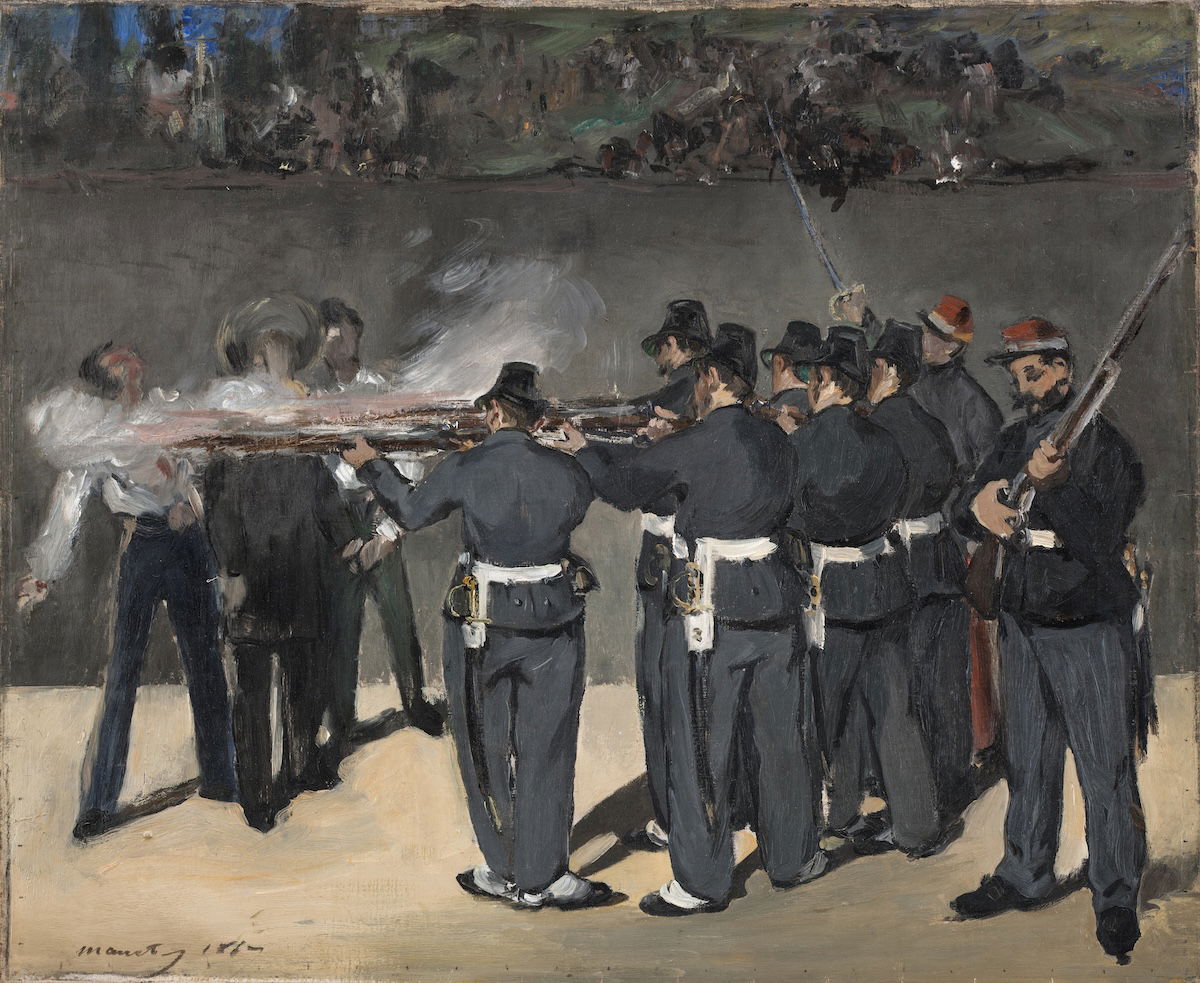The Death of an Emperor
With the US riven by civil war, Napoleon III seized the opportunity to install an emperor in Mexico. Maximilian’s new regime soon fell apart in a catastrophic manner.

On 19 June 1867, Ferdinand Maximilian faced a firing squad in Mexico. At five in the morning, he heard mass and then had breakfast. Shortly afterwards, carriages arrived to take him and two other prisoners to the hill where they would be shot. There, dressed in black, with a buttoned frockcoat and carrying a crucifix, Maximilian made his final steps. With their backs to an uneven adobe wall, the three prisoners took their places. Turning towards his executioners, Maximilian said in Spanish: ‘I forgive everybody, I pray that everyone may also forgive me, and I wish that my blood, which is now to be shed, may be for the good of the country. Long live Mexico, long live independence.’
The firing squad was barely five paces away, but Maximilian beat his hands against his chest, indicating where the soldiers should aim. Then he glanced up. It was a cloudless day. The shots rang out. Maximilian fell to the ground.
